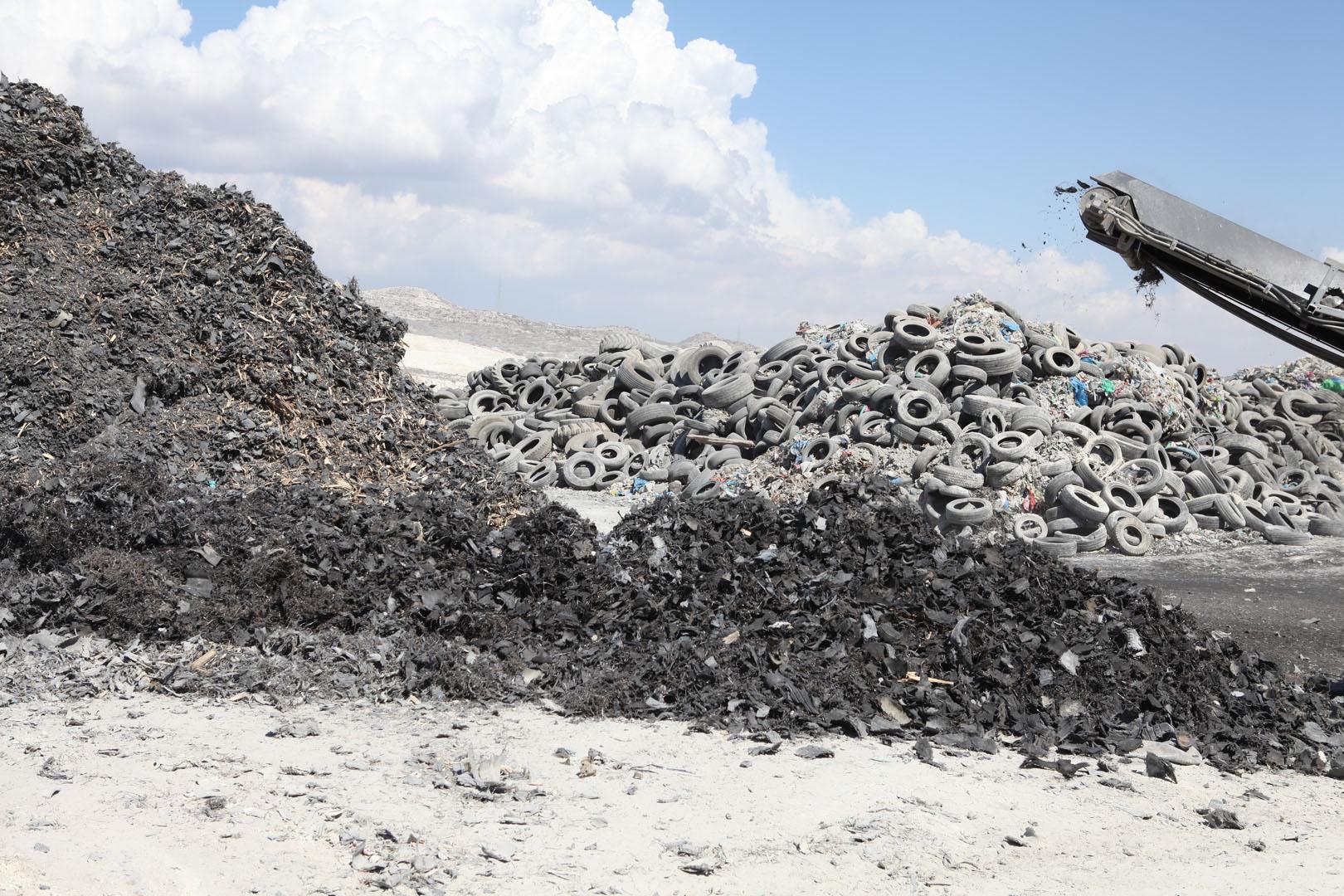
Recycling tyres is one of the fastest-growing business opportunities around the world. The EU, along with other countries around the world and many states in the US have banned tyres from landfills. This means that more and more tyres are being recycled for raw material for new applications, such as ground rubber mulch for playgrounds or rubberised asphalt, or are burned as tyre-derived fuel (TDF). Shredding tyres reduces transportation costs.
Unfortunately, the transportation of intact tyres is expensive. Most of the airspace is lost due to the form of the tyre, which is far from ideal from a logistical perspective. This was the reason why a customer in Italy approached us to help minimise the costs of scrap tyre transportation. The objective was to eliminate the loss of valuable airspace and make their pre-shredding process more cost-efficient with the TANA Shark 440 waste shredder.
Shredding tyres reduces transportation costs by 75%. Transporting tyres intact is very expensive, costing thousands of euros more on an annual basis. Shredding tyres cuts transport costs by 75% by allowing four times the amount of material to be loaded for one trip.
Mobile waste shredder for convenient shredding
Shredding the material prior to transportation was proven to be the best option for lowering the costs for our Italian customer. In the future, the customer is planning to use the mobile TANA Shark 440 at their customers’ sites, which are located around the country.
As part of the sales process, we ran a demonstration at the customer’s plant. Their recovery plant accepts the highly homogeneous 100 mm particle size, with most of the metal separated. The 100 mm particle size was said to be optimal for the next step, the granulation process.
Instead of transporting the scrap metal to the recovery plant, it is sold to a nearby scrap metal buyer, who usually picks up the metal directly from the site where the pre-shredding is done.
The quality of the end product in the granulation process can be calibrated for different sizes, such as 0-1 mm, 1-2 mm and 2-3 mm. Some of the leftover steel wires in the 100 mm rubber particles help in the granulation process, so any further need for secondary shredding into smaller particle sizes is not required.
According to the customer, the TANA Shark 440 was the only mobile waste shredder to reach this level of capacity with the required homogeneity they required. The shredding process can be fine-tuned using the TANA Control System (TCS) and its pre-settings in order to reach optimal capacity while keeping fuel consumption low.
Profitability increases overall
After demonstrating the high capacity of the TANA Shark 440, the customer also referred to the costs of pre-shredding: their previous process had very expensive consumable parts, which cost thousands of euros to replace.
The cheaper consumable parts on the TANA Shark, such as the rotor knives and counter knives – plus the improved fuel efficiency of the whole pre-shredding process – made a huge impact on the customer’s overall profitability.